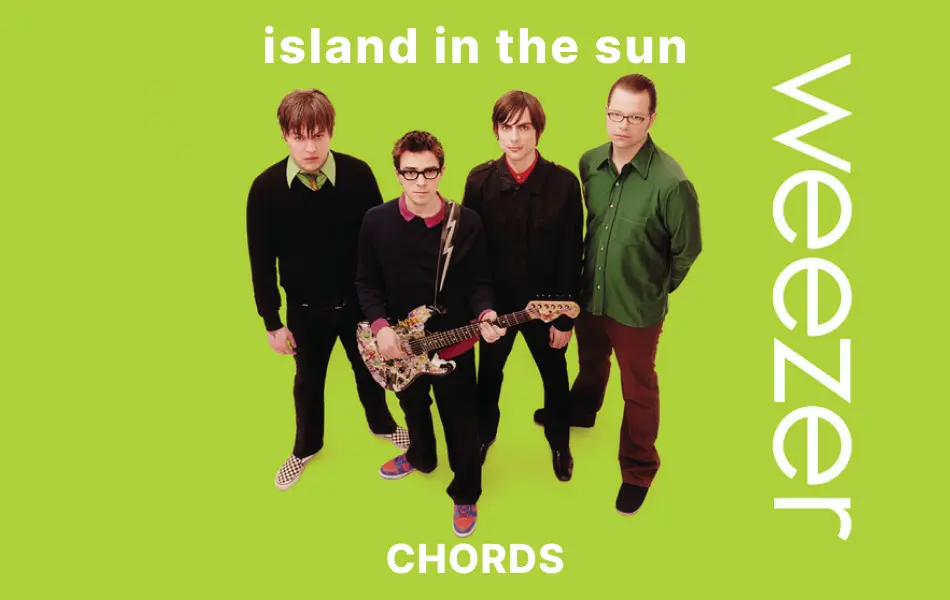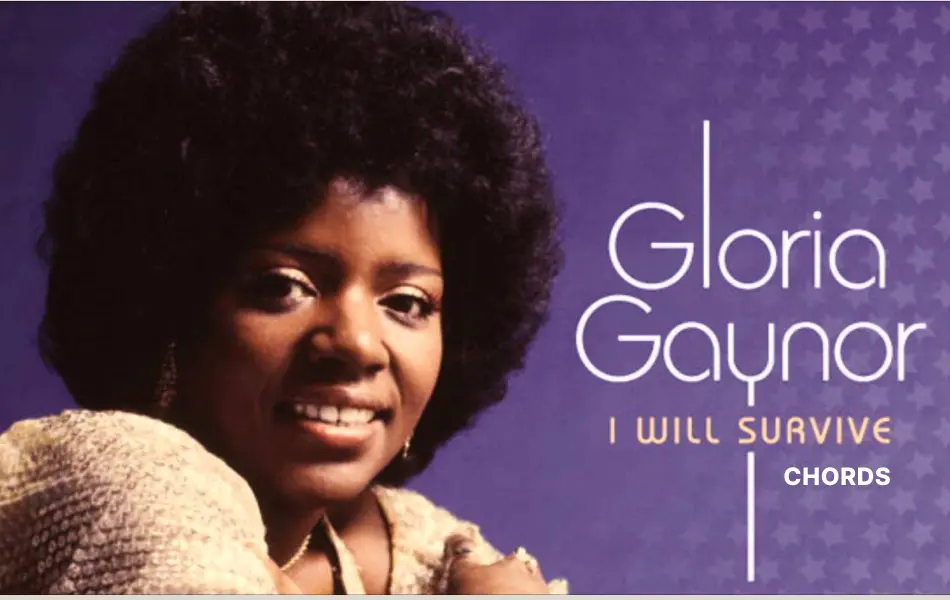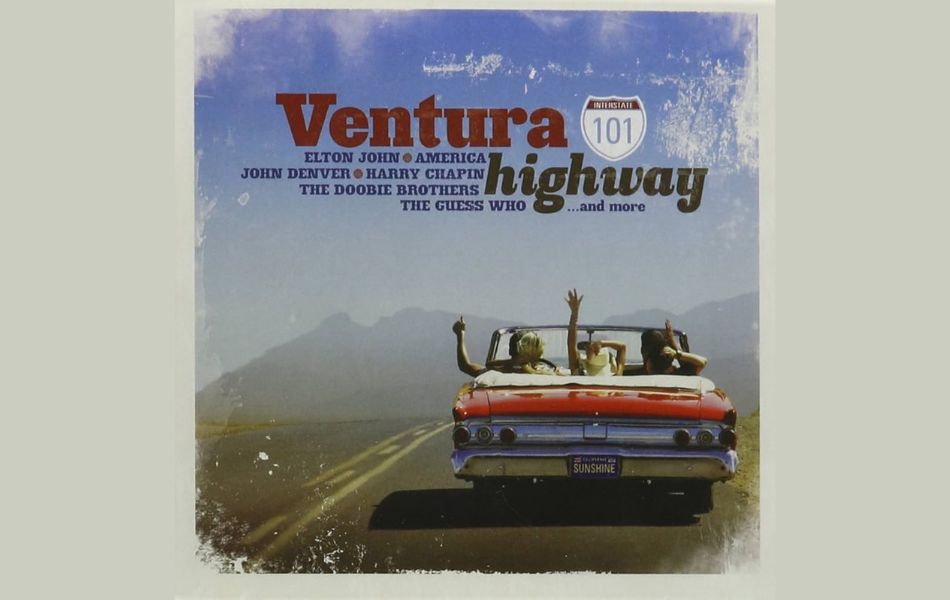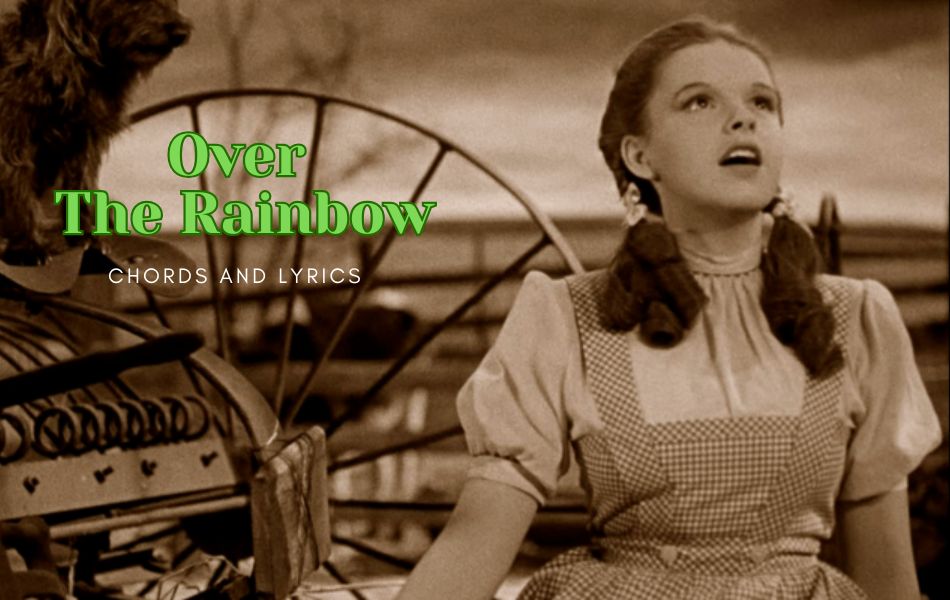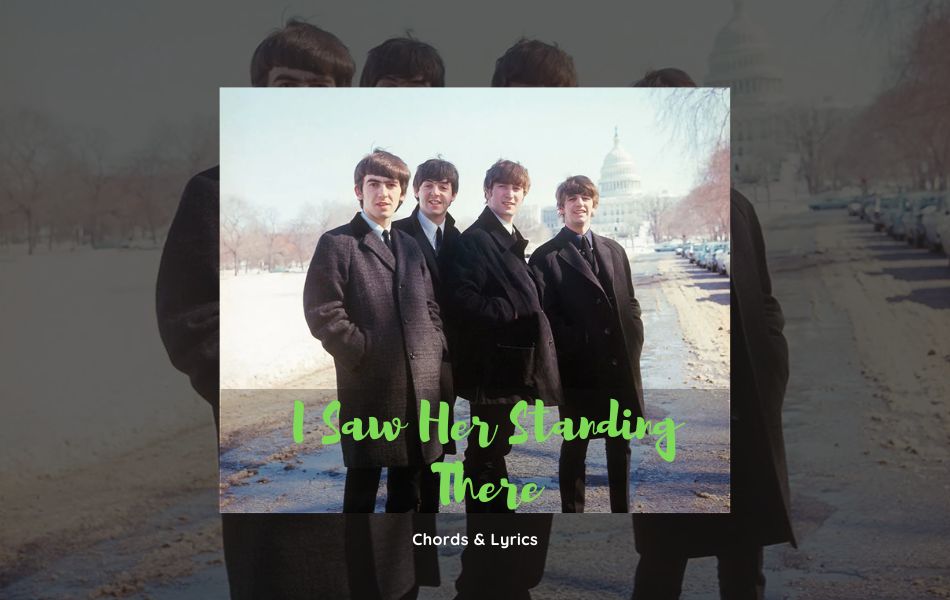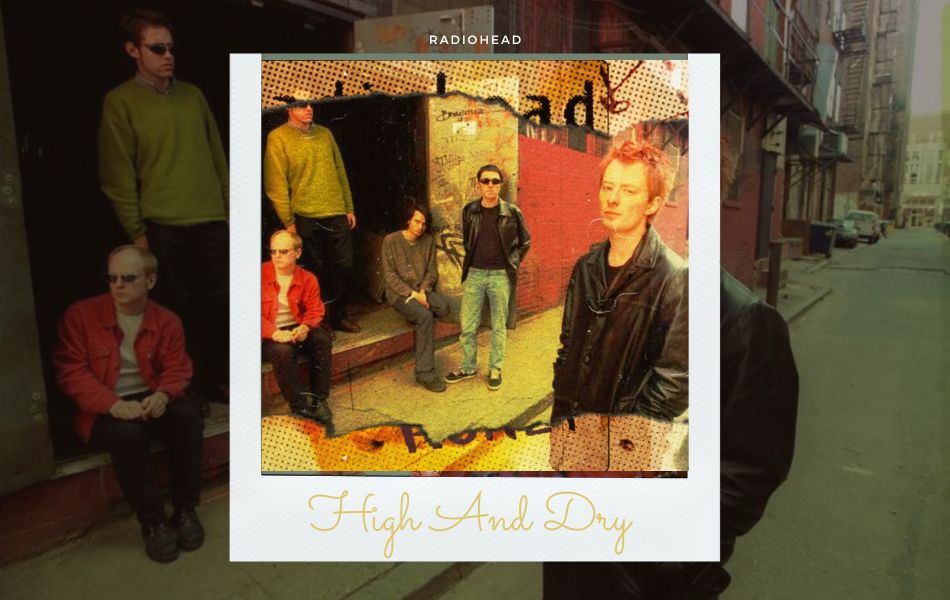Top 5 Basic Banjo Chords For Beginners
Track Info

Song:
Artist:
Writers:
Producers:
Album: Updating
Chords Info
Tuning
CapoNo Capo
Chords Used
Do you want to learn how to play basic banjo chords? I'm sure you do because mastering this instrument can be incredibly enjoyable and fulfilling. If you're here, you're in the right place. In this comprehensive guide, I will teach you all the essential skills and techniques you need to become a skilled banjo player. From the basics of banjo chords to more advanced playing, you'll be strumming your favorite songs in no time.
What are basic banjo chords?
A chord is essentially a combination of multiple notes played simultaneously that create a pleasant sound. Typically, you require three notes to form a chord, although it's possible to use more letters, and it's also feasible to create a chord with only two notes.
The primary chords to focus on learning are C and D. Mastering these two basic chords will open the door to playing a wide variety of songs. Besides, basic banjo chords often learned by beginners are G, C, D, and A. The G chord is produced by pressing particular strings and frets to produce a harmonious tone.
Likewise, the C, D, and A chords require specific finger placements on the frets, enabling musicians to craft various chord progressions and melodies.

Contrast tenor banjo chords with 5-string banjo chords
Tenor Banjo Chords
Number of Strings: Tenor banjos (4-string banjo) typically have four strings, although some variations may have more strings (e.g., the tenor banjo guitar with six strings).
Tuning: Tenor banjos can be tuned in various ways, including C, G, D, A (standard tuning), or other tunings depending on the player's preference and musical style. The standard tuning is the same as the viola or mandola.
Chord Shapes: Chord shapes on the tenor banjo may vary depending on the tuning used. Basic banjo chords for tenor banjo include C, G, D, and A, similar to those used in playing mandolin or violin family instruments.
5-String Banjo Chords
Number of Strings: The 5-string banjo has five strings, including four drone strings and one shorter fifth string, typically tuned to a high G in bluegrass or a low G in clawhammer style.
Tuning: The most common tuning for the 5-string banjo is the open G tuning (G-D-G-B-D). However, various other tunings, such as open D (D-A-D-F#-A) and open C (C-G-C-E-G), are used as well.
Chord Shapes: Chord shapes on the 5-string banjo are unique due to the drone string. Common chord shapes for the 5-string banjo include G, C, D, and A, but they may be played differently compared to tenor banjo chords. The drone string adds a distinctive sound and allows for various picking techniques like rolls and frailing.
In summary, tenor banjo chords are typically played on a four-string instrument with various tunings, while 5-string banjo chords are played on a five-string instrument with the most common tuning being open G.
How to play basic banjo chords
G Chord
- Place your ring finger on the 3rd fret of the 1st (high D) string.
- Strum all the strings from the 5th (G) string to the 1st (high D) string.
C Chord
- Place your index finger on the 1st fret of the 2nd (B) string.
- Place your middle finger on the 2nd fret of the 4th (D) string.
- Strum all the strings from the 5th (G) string to the 1st (high D) string.
D Chord
- Place your index finger on the 2nd fret of the 3rd (G) string.
- Place your middle finger on the 2nd fret of the 2nd (B) string.
- Strum all the strings from the 4th (D) string to the 1st (high D) string.
A Chord
- Place your index finger on the 1st fret of the 3rd (G) string.
- Place your middle finger on the 2nd fret of the 4th (D) string.
- Strum all the strings from the 5th (G) string to the 1st (high D) string.
E Minor Chord
- Place your index finger on the 2nd fret of the 4th (D) string.
- Place your middle finger on the 2nd fret of the 3rd (G) string.
- Strum all the strings from the 5th (G) string to the 1st (high D) string.
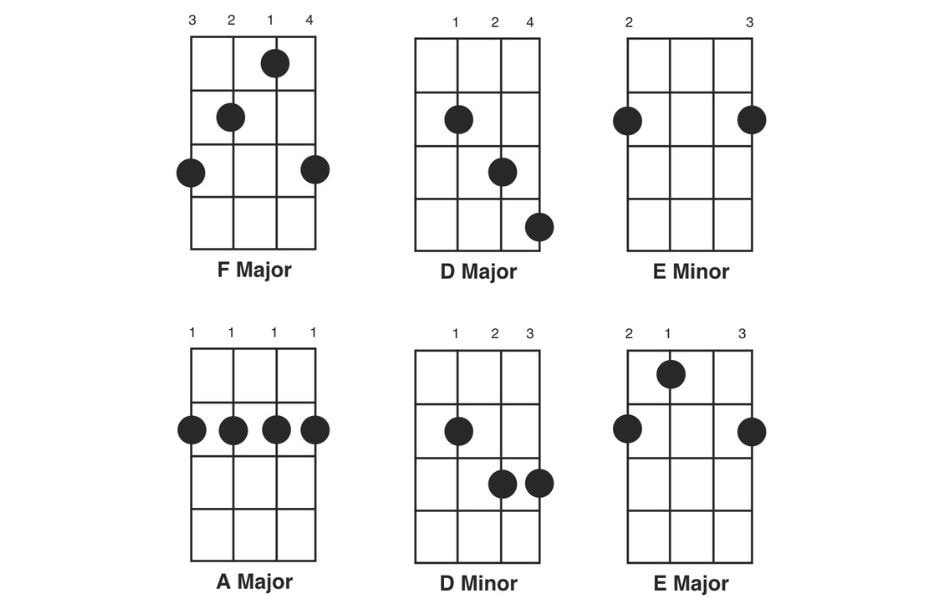
In conclusion, having learned a few fundamental banjo chords, it's essential to engage in regular practice to establish muscle memory and enhance your abilities. You can also experiment with switching between chords to refine your finger positioning and timing. As you grow more proficient with these chords, you can explore diverse strumming styles and techniques to craft your distinctive musical expression.


